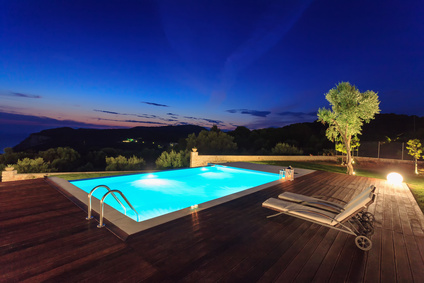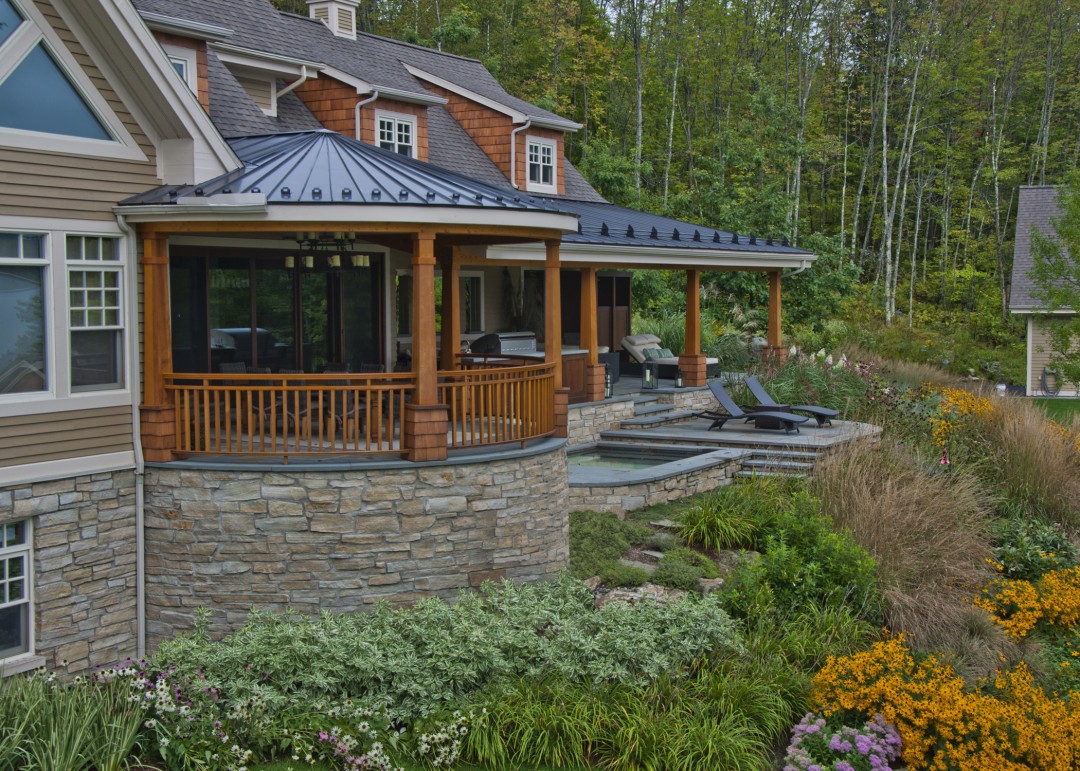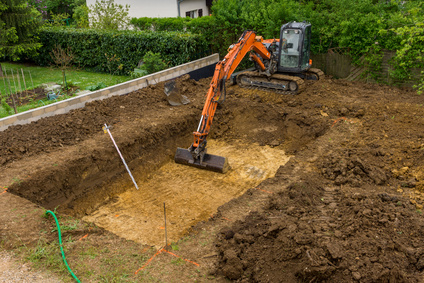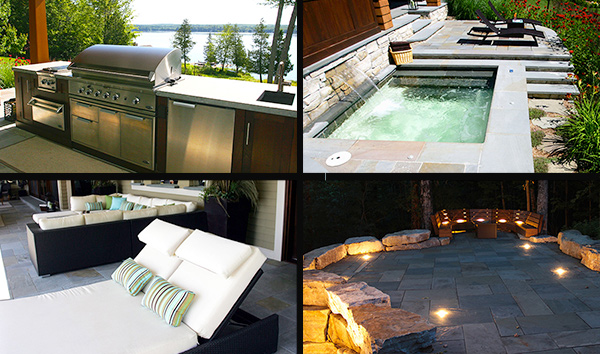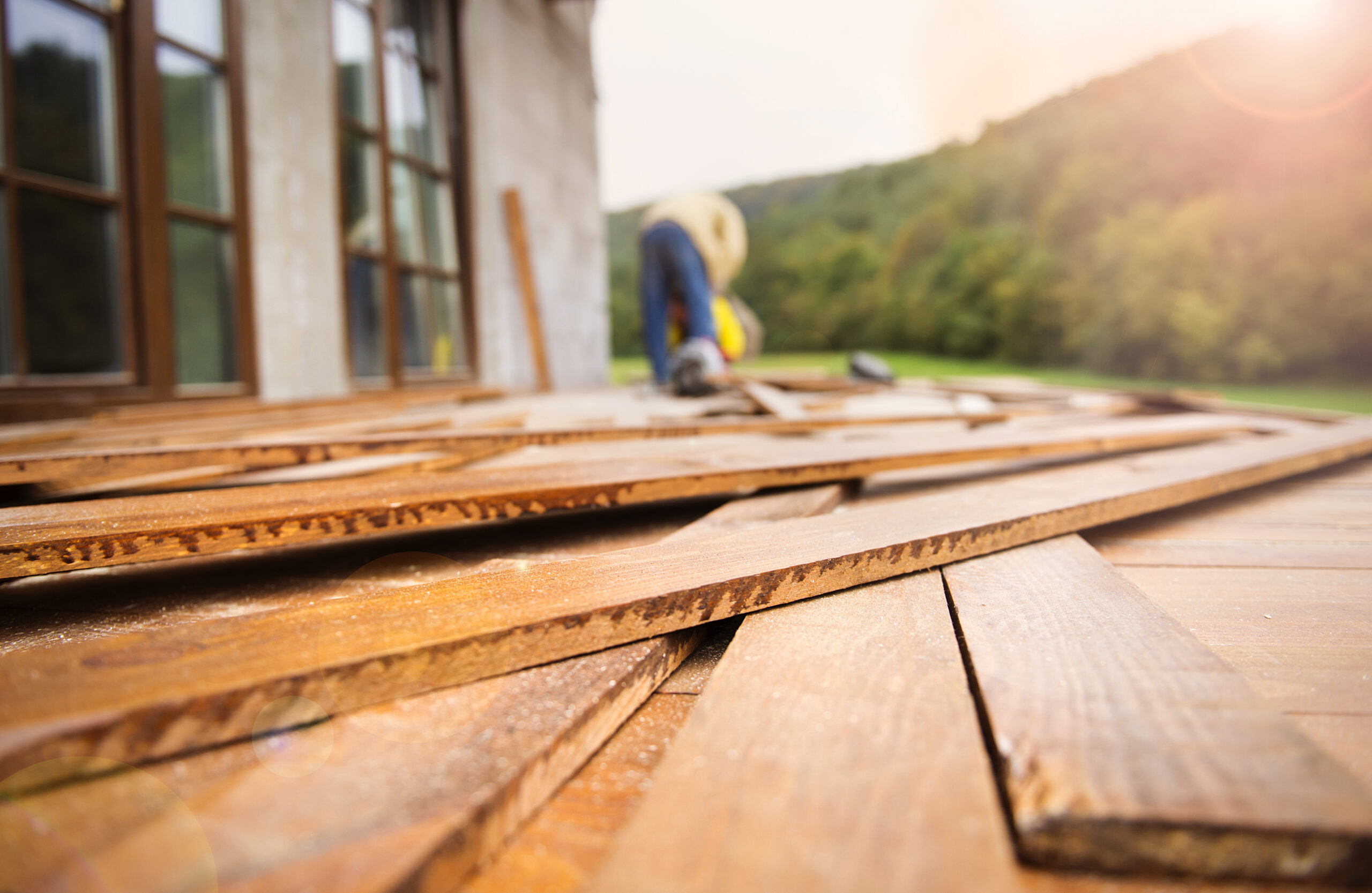Who wouldn’t dream of a beautiful inground pool with a matching landscape? With such a landscaped yard, your summers will never be the same!
When planning to incorporate a pool into your yard, it’s wise to consider investing in a design plan to organize everything carefully and in accordance with your tastes.
Choosing the location of the in-ground pool
At first, you will need to consider the location of the future in-ground pool. Although it may seem simple to locate the pool, keep in mind that it is one of the elements that will determine the design of the remaining landscaping. In addition, when the pool is visible from the interior of the house, it becomes an excellent focal point! Otherwise, a poor landscaping of your pool can make you miss out on much of the enjoyment it could have acquired!
To successfully lay out your pool, you must locate it to suit the characteristics and constraints of your land. For example, if your property features a breathtaking view that you want to enhance, it would be wise to plan the location of deck chairs or couches accordingly. The same goes for those who enjoy sunbathing : you should plan for a space outside the shaded area of the house or other features that shade out natural light. Living areas adjacent to the pool (deck chairs, lounge area, etc.) are usually located near the access stairs. This gives you a great starting point to position your pool.
Different materials available for landscaping your pool
You can choose from a wide range of materials to decorate your pool and patio, as you would do for your home’s interiors. Concrete (cast-in-place concrete or concrete pavements), wood, natural stone, composites and exterior porcelain can also be installed. However, they all have different advantages and disadvantages! Some materials are also more trendy than others.
1. Concrete
Poured concrete is definitely the economical choice! It can be stamped, smoothed or exposed, and can probably be casted by your pool installer. If the result is satisfactory during the first year(s), its appearance may fade sooner than other materials. Cracking, discoloration (if it’s colored), flaking and cracking are some of the common problems that may occur over years. These inconveniences are very frequent and permanent, so you may eventually have to cope with them. Concrete is often found in urban areas; observe these structures carefully and you will see its aesthetic limitations.
Concrete pavements are a more practical solution while offering the same concrete-like finish as poured concrete. It offers you a wide variety of sizes, finishes and colors from different manufacturers. It’s important to understand that there are different qualities, as in most products. A basic product will tend to become blander over time, while higher end products will have better pigmentation quality, higher concrete compression rates, integrated sealers, etc. Compared to poured concrete, one of the most important advantages with concrete pavements is their ability to easily replace a broken or misplaced block.
2. Natural stone
Natural stone exists in a multitude of colors, textures and finishes, just like concrete pavements. However, it has the advantage of being flexible and adaptable to all situations by being tailor-made for each project. Its interior is 100% stone, so it can be worked on the sides as well as on the top. It’s therefore possible to create curves or split facades on stones with the desired formats and shapes. They are also replaceable. Lastly, they have the advantage of preserving their aesthetic appeal over time, so your investment is safe!
3. Wood and Composites
For a long time, wood has been used to build patios and galleries. Wood has the advantage of having a warm appearance and can be tinted with the desired color. This last advantage quickly becomes a disadvantage when it comes to refreshing its stain every 3-4 years! To overcome this, composite wood was introduced on the market a few years ago. The wood has a longer lifespan without maintenance. Although manufacturers work hard to reproduce its grain, its synthetic appearance will not fool you. It can eventually become slippery when soggy, in addition to getting warmer for the feet than natural wood, especially when choosing a dark color.
4. Outdoor porcelain
Outdoor porcelain is gaining popularity as a floor covering for interior decoration. Its well-kept appearance and the multiple tile formats impress customers. Outdoor porcelain, like concrete pavements and natural stone, can be installed on a poured concrete slab or on a standard compacted granular foundation. It’s difficult to predict the durability of the product since it was recently introduced in Quebec. However, given the quality of the products, it’s likely that it will be as durable as natural stones.
Choosing plants for your inground pool
As for plants surrounding the pool, it goes without saying that the basic establishment conditions for plants must first be respected, i.e. hardiness zone, sunlight and soil type. After that, the considerations will be more practical. It would then be recommended to choose cultivars that don’t tend to lose their leaves or flowers to prevent them from ending up in the pool. The same is true for species that tend to spread a large amount of pollen. Pollen then ends up in the water and is rather unpleasant to clean. To cover the ground of your flowerbeds beside the pool, consider using a river pebble to prevent the mulch from being blown into the pool.
After all, installing an in-ground pool at home may seem simple, but don’t get caught! It’s best to plan and to schedule a smooth installation. Don’t forget that this part of your outdoor layout will determine the entire layout! Don’t hesitate to consult a landscaping professional who will advise you on the location, layout of structures and materials surrounding the installation of your dream pool.


-752-1.jpg?width=2500&height=1667&name=Projet%20Manoir%20Hovey-Paysage%20du%20monde%20des%20affaires%20(Moment%20sublime)-752-1.jpg)
